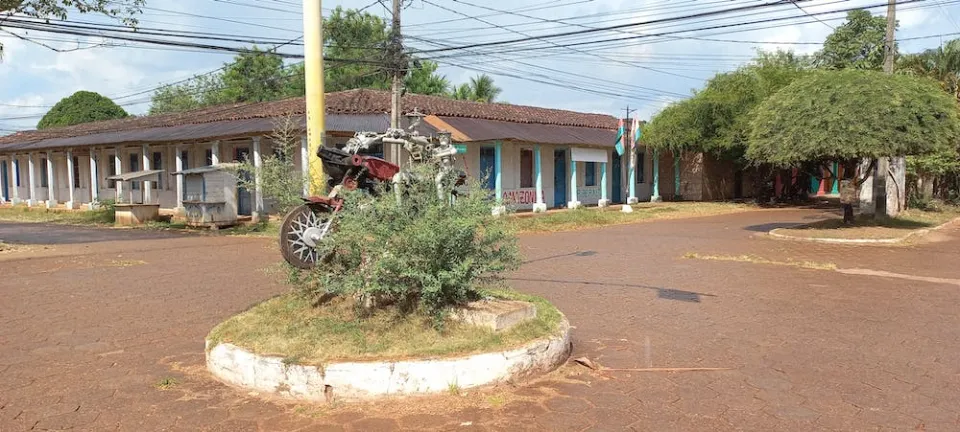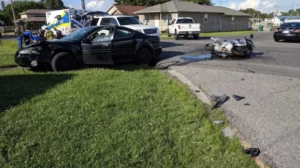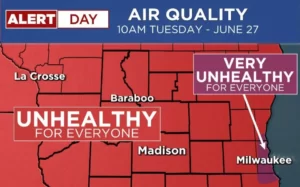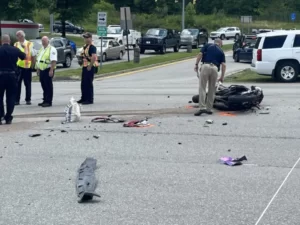The vast plains and basins that comprise South America’s lowlands make up a significant portion of the continent’s surface with their tropical climate, flowing rivers, and dense forests. The Amazon rainforest does, in fact, occupy an area of about seven million square kilometers, or about 40% of South America’s total land area.
Eastern South America, from the Andes Mountains to the Atlantic Ocean, is where these lowlands are mainly found. The Gran Chaco and the Amazon Basin are two of the major lowland areas; both have diverse landscapes and are home to a wide range of Indigenous cultures and communities.
Despite the region’s diversity, the arrival of mechanical machinery has significantly altered much of its vibrant landscape over the past 150 years. In particular, this is true in areas where Indigenous people live because they have been forced to adapt to new lifestyles and have had their traditional way of life changed or disrupted.
Over the past century, transportation tools like steamships, railroads, and trucks have arrived. These were followed by guns, which are used for both hunting and combat. The introduction of logging industry tools such as chainsaws and bulldozers has permanently altered the rainforest. Electric generators are running in the background, continuously humming.
One of the newest vehicles to reach the lowlands is the motorcycle. Indigenous South America has experienced a significant motorbike boom in the last twenty years, with an increase in the number of people purchasing motorcycles with the money they earn from trading rubber, Brazil nuts, and palm hearts (the whitish inner core of the palm tree). And I have personally witnessed the profound changes that motorbikes have brought about in the lives of Indigenous people.
Working with the indigenous Chacobo people of Bolivia for the past 20 years, I’ve observed how owning a motorcycle is more than just a means of transportation for them. It stands for a sense of citizenship and community.
Owning a motorcycle is a representation of how successfully Indigenous people have adapted to their environment. The motorbike is regarded as such a symbol of advancement and progress that there is even a monument to one in the Bolivian city of Riberalta.
The use of motorcycles extends beyond simple transportation for many people. Motorcycles are a way of life in South America, particularly in places like the Bolivian Amazon.
Bikes and Beliefs
The Indigenous inhabitants of these areas used to spend hours adorning their bodies, bows, and arrows. They now devote the majority of their free time to polishing, disassembling, and reassembling their motorcycles.
The majority of these motorcycles are made by inexpensive Chinese companies Dayun, Wanxin, TianMa, and Haojue, while their Japanese competitors Honda, Yamaha, and Suzuki continue to be sought-after status symbols.
At the same time, the arrival of the motorbike has led to these local landscapes being littered with mechanical “ruins” or “fossils”. The dust-covered villages are lined with wheels, handlebars, fuel tanks, and exhaust pipes.
With proper spare parts not easily available, the inevitable repairs and upgrades must rely on “cannibalization” – using parts of old vehicles or whatever items are at hand to sort the issue. The appearance of the lowland motorcycles is obviously altered by this.
Bikes are given names and given gender. Indigenous people also think that spiritual or supernatural forces can affect motorbikes, causing them to act strangely or unexpectedly.
These beliefs, for example, state that a motorcycle may suddenly accelerate or cease to function altogether without any apparent mechanical or physical cause. According to some theories, these occurrences occasionally aim to harm or befall the bike owner.
Passion V Safety
Increased traffic accidents are another effect of the motorcycle boom. Since Chinese companies started paving the road that passes through the territory of the Chacobo, motorcycle accidents have become one of the most common causes of death among them.
Things that many of us take for granted—like insurance, speed limits, routine MOTs, or services, along with helmets and protective clothing—do not come into play here. Therefore, a large number of traffic accidents in this area result in death.
As a result, several communities have constructed roadblocks and set commercial trucks that have hit motorcycle riders on fire. The families of the deceased or injured are beginning to receive legal demands for compensation from local authorities. For Indigenous communities and leaders, dealing with traffic accidents is a subject that is becoming more and more crucial.
Likewise, the way that Indigenous people interact with the environment and society has undergone a significant change as a result of motorbikes. They have significantly facilitated and improved the efficacy of farming, fishing, and horticulture work. It’s not just the men either; a large number of Indigenous women have taken up riding motorcycles and are using them to subvert conventional gender roles.
Even though the number of motorcycle accidents is rising, it is obvious that motorcycles have become an essential part of Indigenous peoples’ lives and will probably continue to be so for many generations to come. Whole Indigenous families, often times including small children and pets, are frequently seen riding bikes.
Reference: theconversation.com



